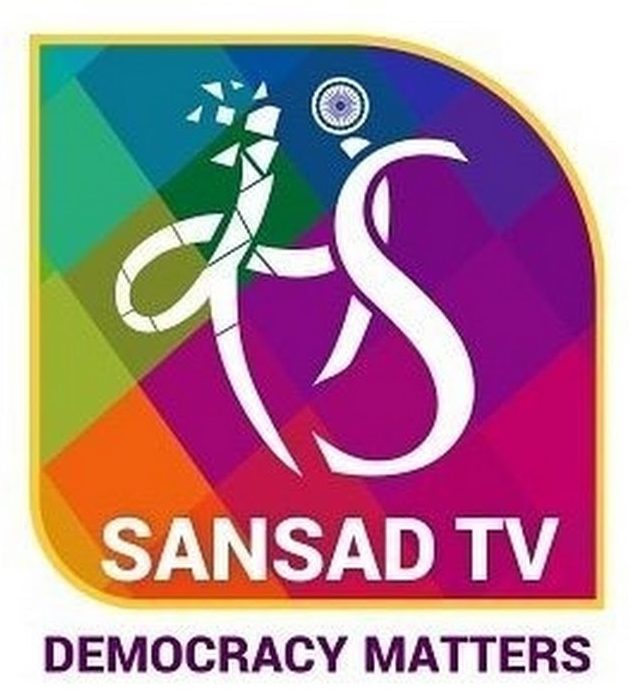[ad_1]

Introduction:
Free trade agreements are arrangements between two or more countries or between a country and a trading bloc to abolish or reduce tariffs, quotas, and preferences on goods and services traded. Countries often agree to FTAs if their economic structures are complementary, not competitive. India currently has 11 Free Trade Agreements or Regional Trade Agreements with other countries/regions in addition to 6 limited coverage Preferential Trade Agreements. Strategically, FTAs have helped India compete at a global level and enhance its growth. Last year Parliament Standing Committee on commerce in its report had recommended the government to iron out the issues hindering the signing of Free Trade Agreements with the US and the EU nations as domestic exporters are at a disadvantage due to the absence of these agreements.
- Economic theory tells us that FTAs are not always sure-win strategies because these create as well as divert trade.
- FTAs need to be designed in a manner that they enhance complementarities amongst partners and overcome regulatory hurdles.
- It has been reported that the FTA will be remodelled into three separate deals—trade, investment and geographical indications (GIs).
- While the investment deal is seen as a standalone agreement, the one on GIs could be integrated with the trade deal.
- It may be in India’s interest to ensure that all the three negotiations move in parallel and feed into each other.
- Since India unilaterally terminated bilateral investment treaties (BIT), including those with the EU member states, the EU appears to be keen to conclude an investment deal that includes InvestorState Dispute Settlement (ISDS) provisions.
FTA negotiations in the Past:
- The FTA negotiations had earlier hit a roadblock in 2013.
- Issues such as a certain degree of tariff liberalisation in goods; services liberalisation; issues related to temporary movement of professionals; public procurement; intellectual property particularly pharmaceuticals; and sustainable development are understood to have been the major areas of concern for India then. • Clearly, India is in a better position today as we know the problem areas to work out
Trade imbalance between India and RCEP partners:
- India’s experience with the previously concluded FTAs hasn’t been good.
- India is wary of its market being flooded with the Chinese goods once the deal is approved.
- The partnership will have an impact on sectors such as steel, pharmaceuticals, e-commerce, food processing, agriculture, intellectual property, and food security.
- The presence of China creates apprehensions, especially when it enjoys manufacturing surplus and is already dumping its products across the world, including in India.
- Apart from China, India is also losing out to financial and technological hub of Singapore, agriculture and dairy majors Australia and New Zealand, plantations of South East Asian countries, and pharmaceutical trade with China and the US.
- With e-commerce as part of RCEP discussion, the Indian resistance at WTO of not letting the discussion on digital trade will weaken.
- Many of the RCEP countries are also resisting India’s offer on export of services.
- The free movement of investments will benefit investors in the US, Singapore, Japan and China, but very few Indians will be taking advantage of this.
- Zero tariff on steel import would open flood gates of Chinese imports into India.
- The gulf between India and the other 15 countries in the RCEP remains deep, and it isn’t clear how or if it can be bridged.
- The exports from ASEAN into India have grown far quicker than Indian exports to the bloc.
- Indian companies want more market access for services.
- India has constantly resisted provisions on intellectual property rights.
- India doesn’t want to commit to provisions over and above the TRIPS (Trade-Related Aspects of Intellectual Property Rights) agreement under the WTO, as that could be detrimental for the domestic generic pharmaceutical industry.
- India has already opposed few proposals on patent extensions and restrictive rules on copyright exceptions.
- In the past, too, India has not been able to get a fair deal with respect to services trade, despite giving greater market access in goods trade.
India-EU FTA:
- There is a significant untapped potential to expand India-EU bilateral trade relation through an FTA.
- The FTA will deliver on enhancing India’s market access in key services.
- For this to happen, regulatory barriers in cross-border supply as well as provision of services through temporary movement of professionals will need to be addressed.
Way Forward:
- There is a significant untapped potential to expand the bilateral trade relation through an FTA.
- India and the EU will need to see that the deal is a win-win for both.
- Preparing in advance is the stepping stone towards a favourable outcome.
[ad_2]

